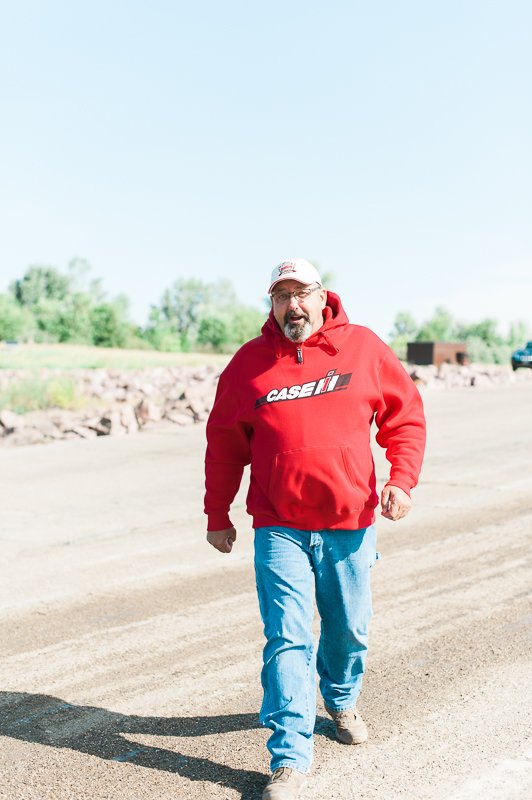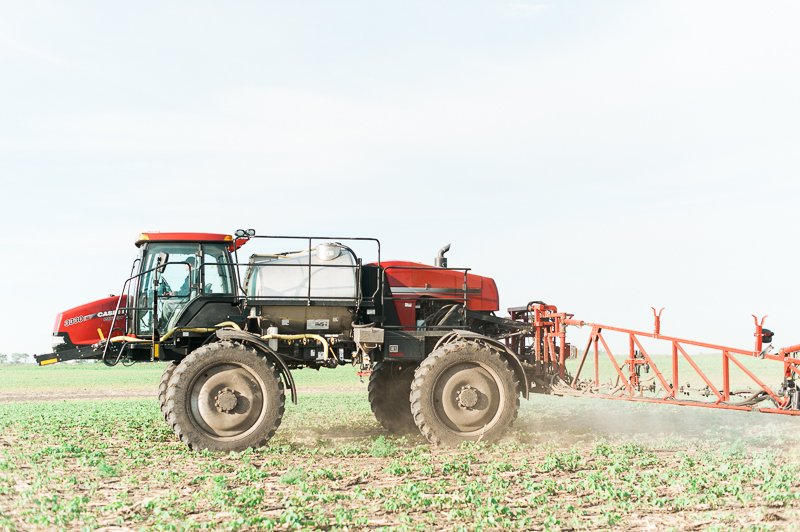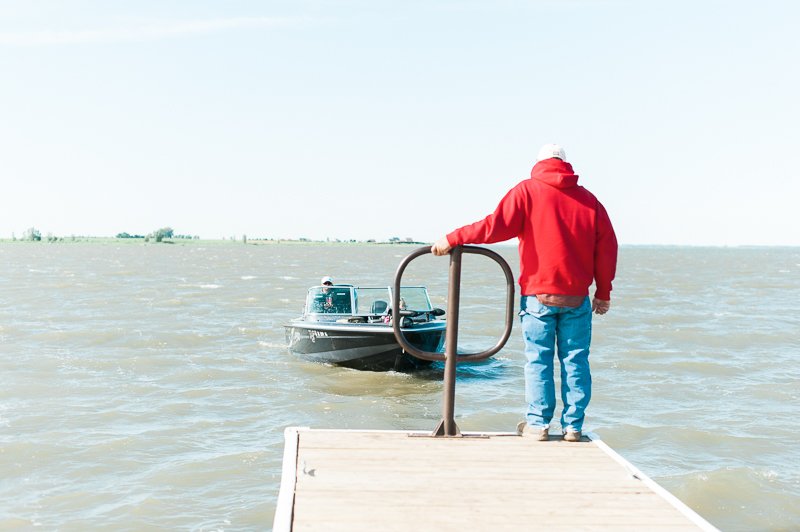Sustainable Farm Practices Support Outdoor Adventures on Casper Family Farm
Paul Casper has always had a strong connection to the land. His love for the outdoors began when he was young, spending a lot of time hunting, fishing and trapping. Almost everything he does for work and recreation is tied to the environment. That’s why using sustainable agricultural practices are so important for his family and farm.
“What we do on the farm every day has an impact on our family, the food we eat and what we do for fun,” explained Paul. “The water is right beside us so we continually look for ways to improve our farm practices to take care of our soil.”
Paul isn’t kidding when he says the water is right beside them. Today, the family farm is surrounded by four lakes: Lake Thompson, Lake Whitewood, Lake Henry and Lake Preston. That hasn’t always been the case.
Paul used to ride horses and hunt in the pastureland that eventually became Lake Thompson. In the mid-1990s, heavy rains permanently turned the ground into a lake, and now it’s one of his favorite places to take his grandkids fishing. Keeping those waters and the land around them safe while protecting his corn and soybeans are very important parts of his plans.
Like many farmers in South Dakota, Paul uses sustainable practices like crop rotation and soil sampling. The GPS technology in his tractor and sprayer help him apply the right rates of pesticides safely and only in areas where they’re needed. The Caspers also practice no till, which means they don’t disturb the soil after crops are harvested. Leaving the stalks and plant roots in the fields reduces the chance soil will wash or blow into the lakes. It also improves the health of their soil and allows them to use less equipment so they don’t use as much fuel.
“We have greatly improved our farm practices over the past 15 years to preserve South Dakota’s land and water,” said Paul. They have no plans to slow down. This year, they’re looking at planting cover crops, which is a crop grown for the protection and enrichment of the soil.
The more Paul pays attention to sustainability, the better his crops grow. Now that his son and granddaughters have returned to the family farm, safety and sustainability are even more closely connected.
“We live and breathe farming, so we need to preserve the family farm for the next generation,” said Paul. “We also swim in the lakes, and eat the fish we catch, the animals we hunt and crops we grow. There are no shortcuts to being safe and environmentally friendly in agriculture, but I found it’s always worth the effort to do things right.”





